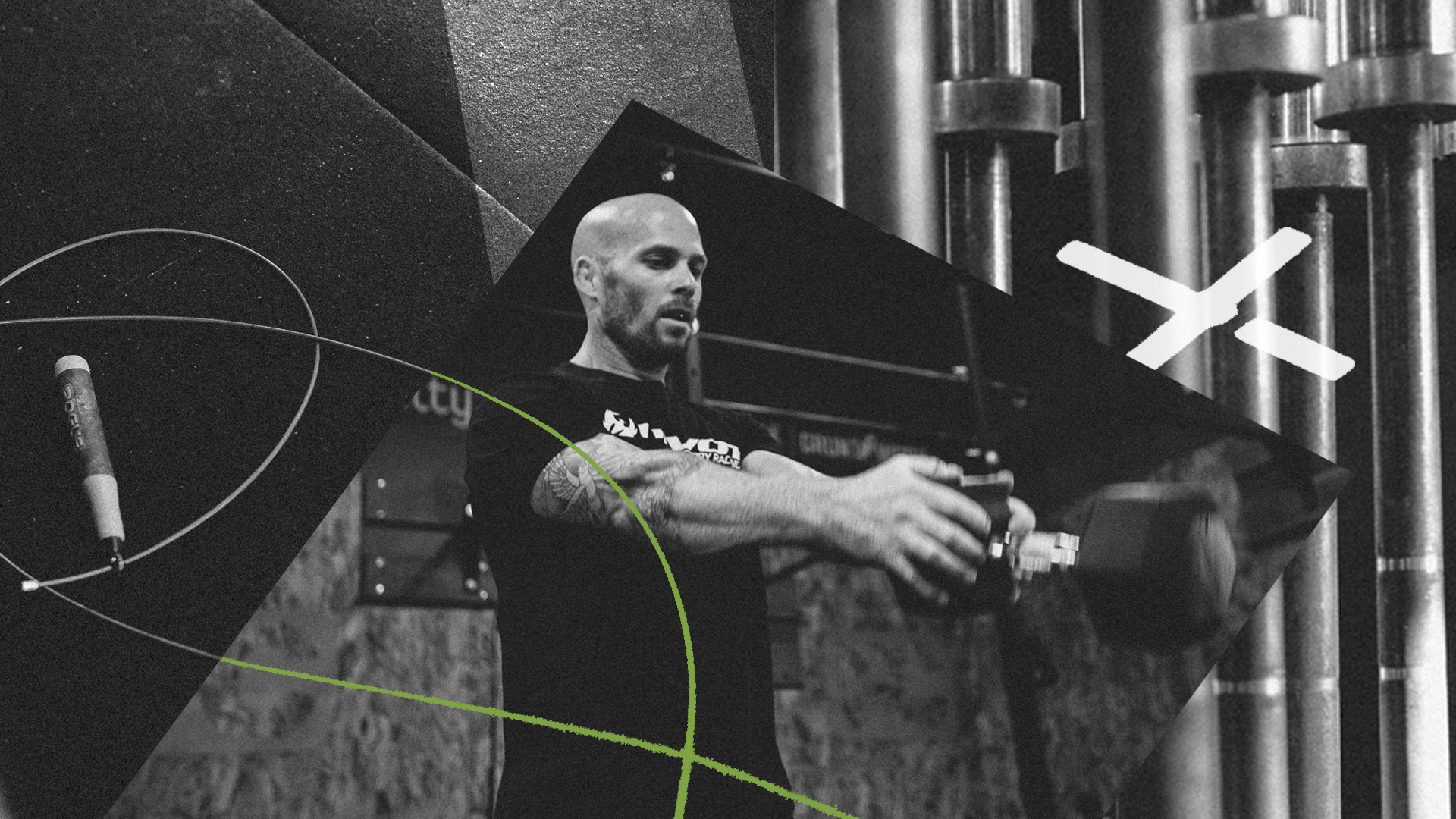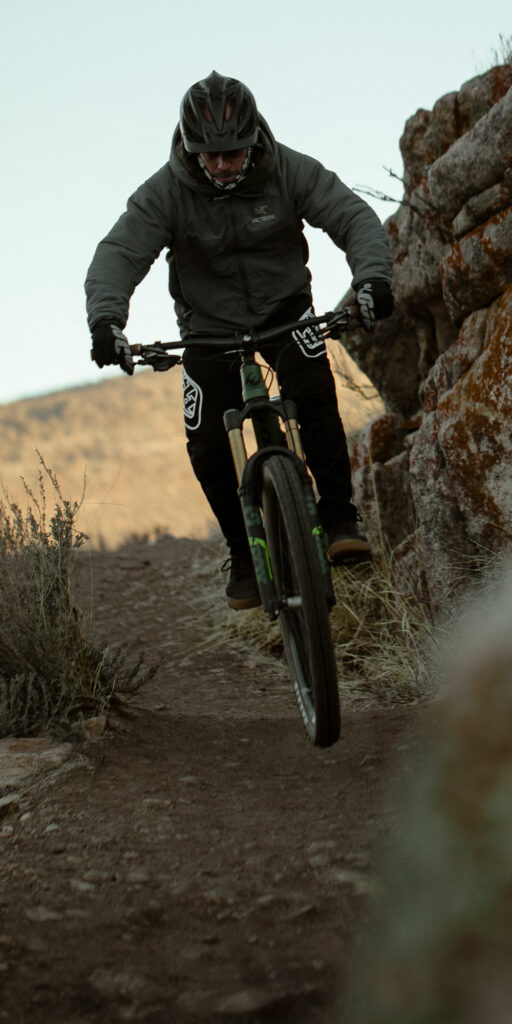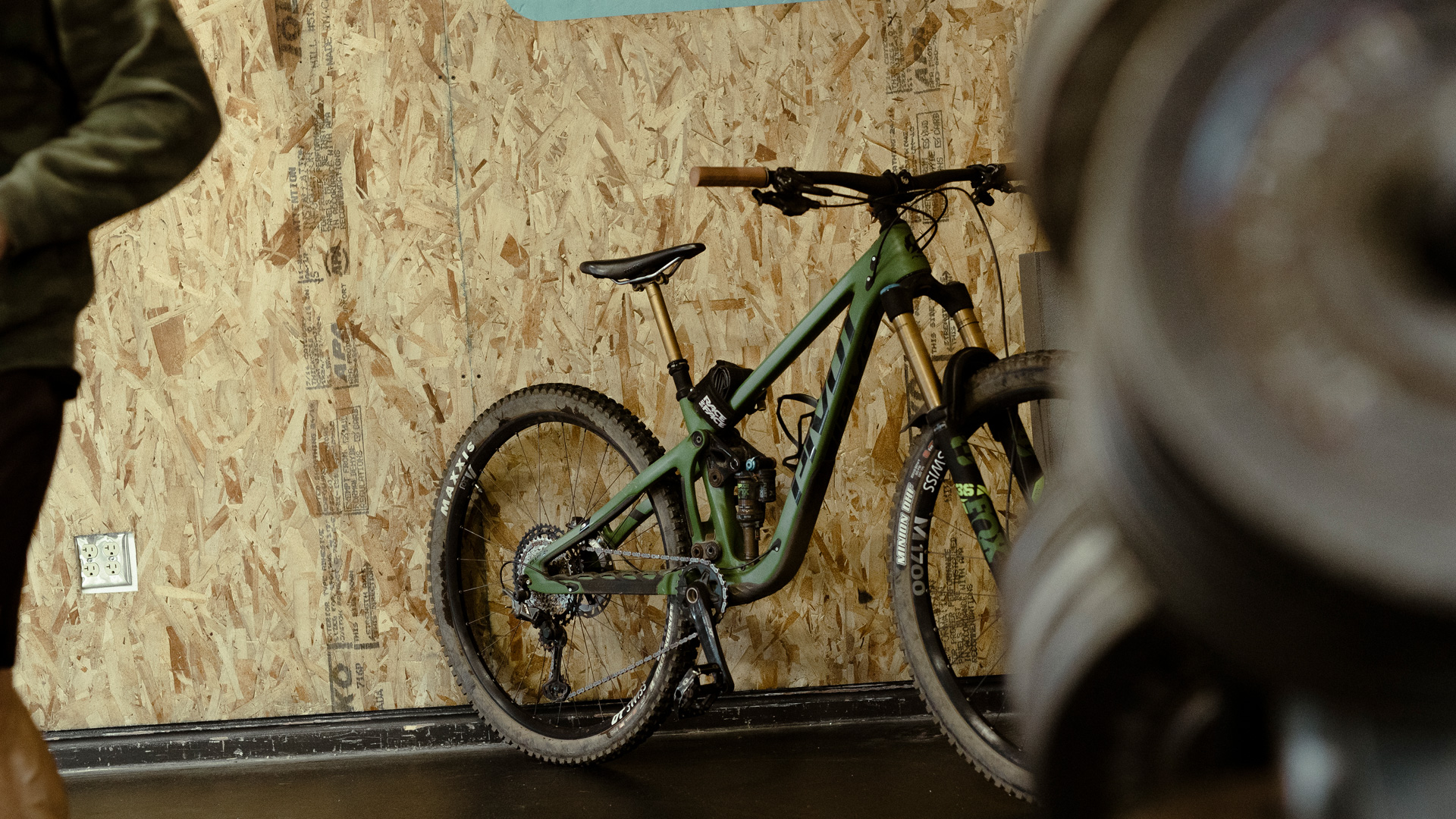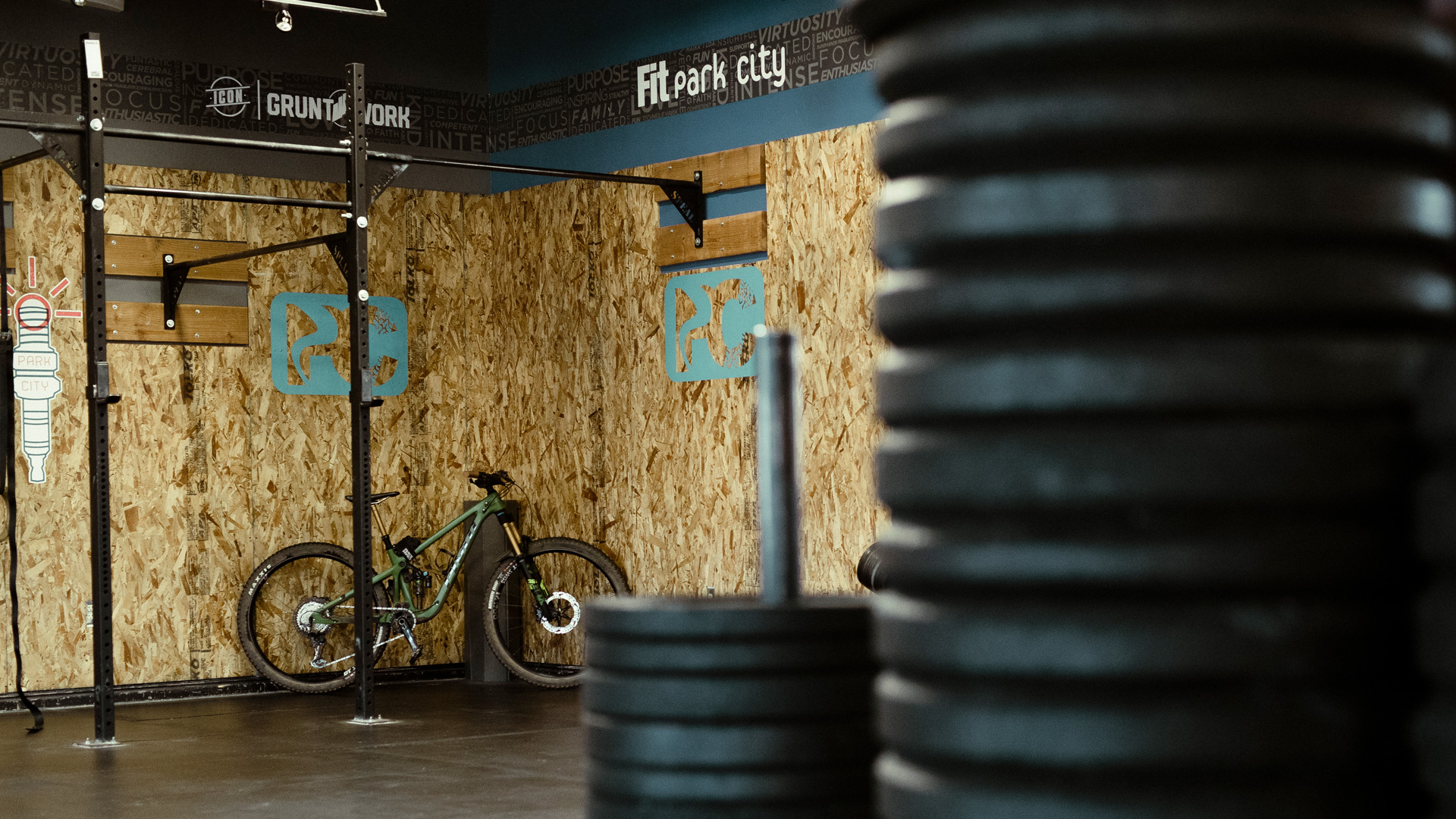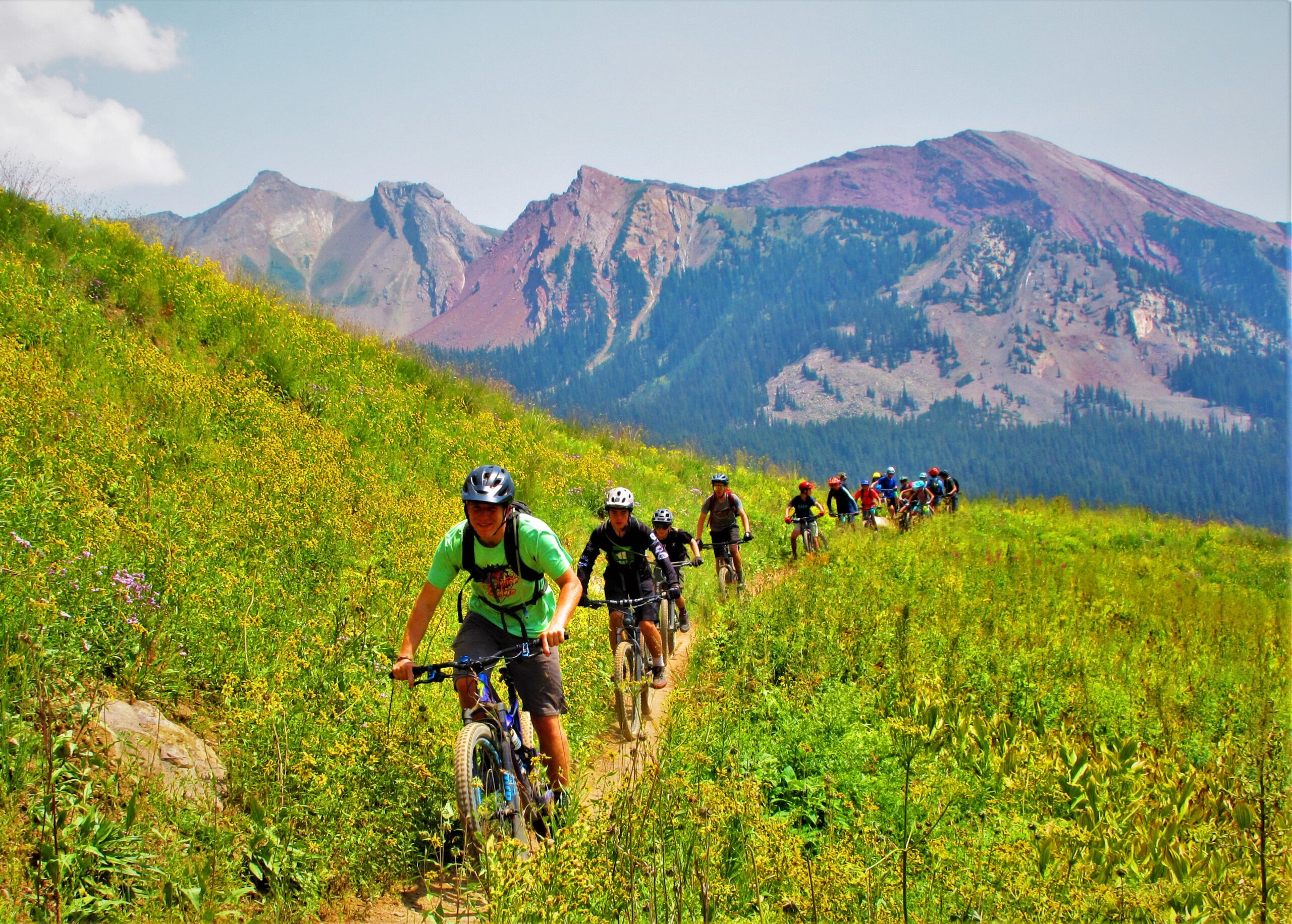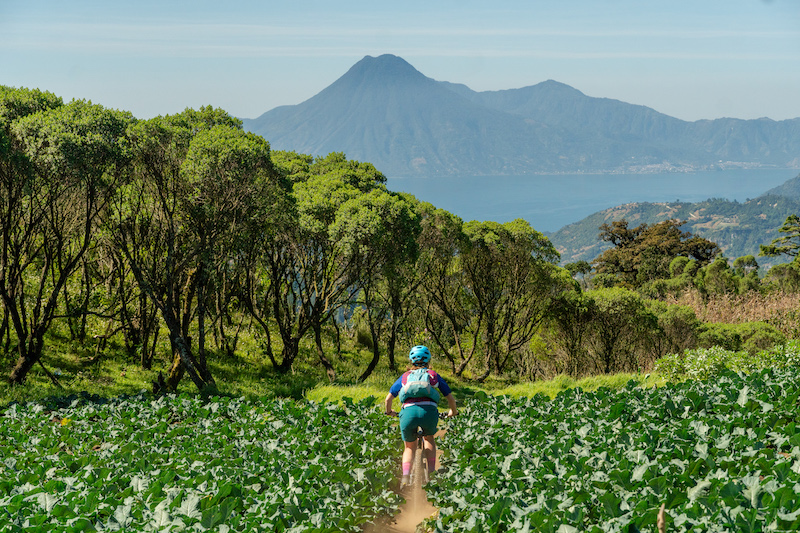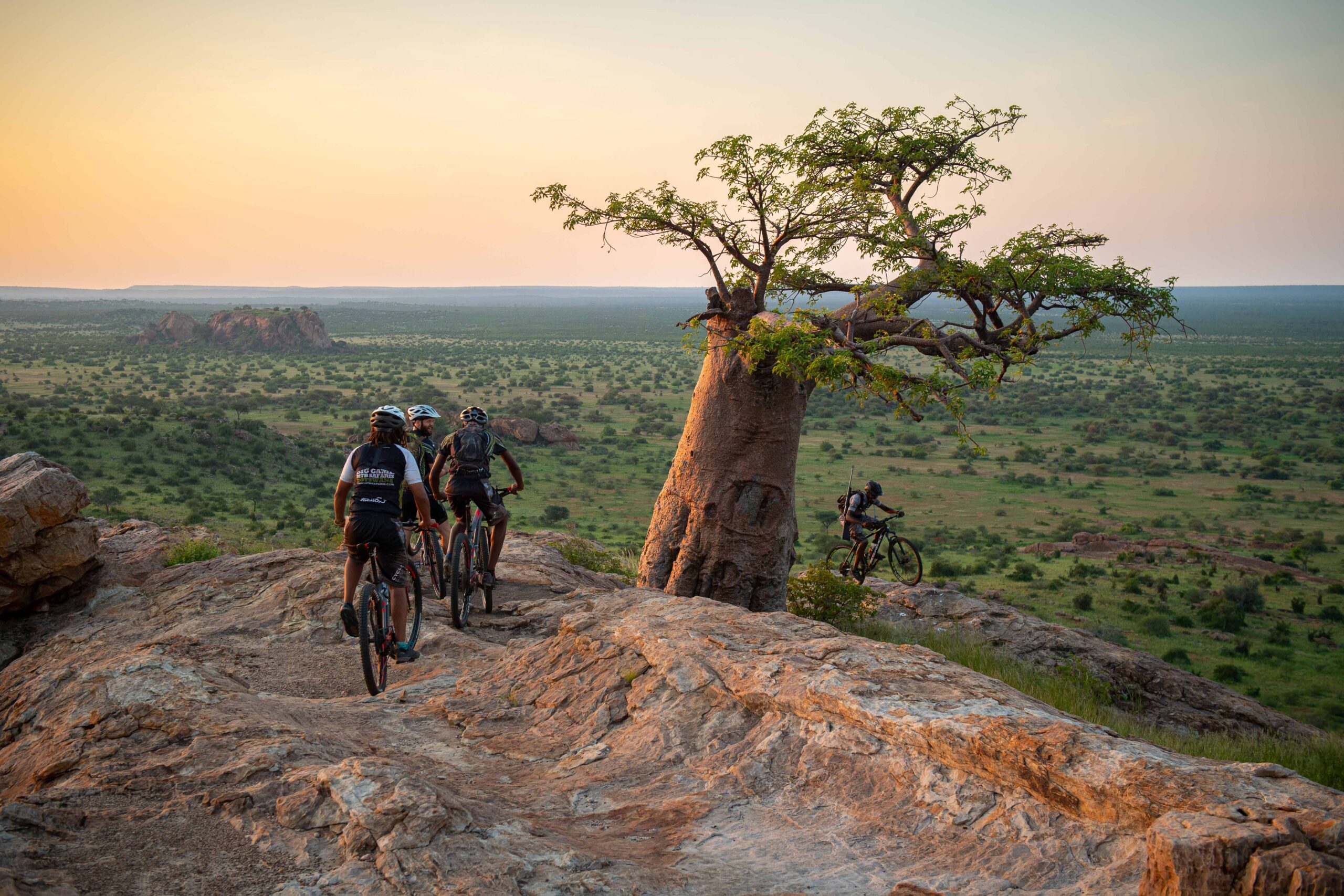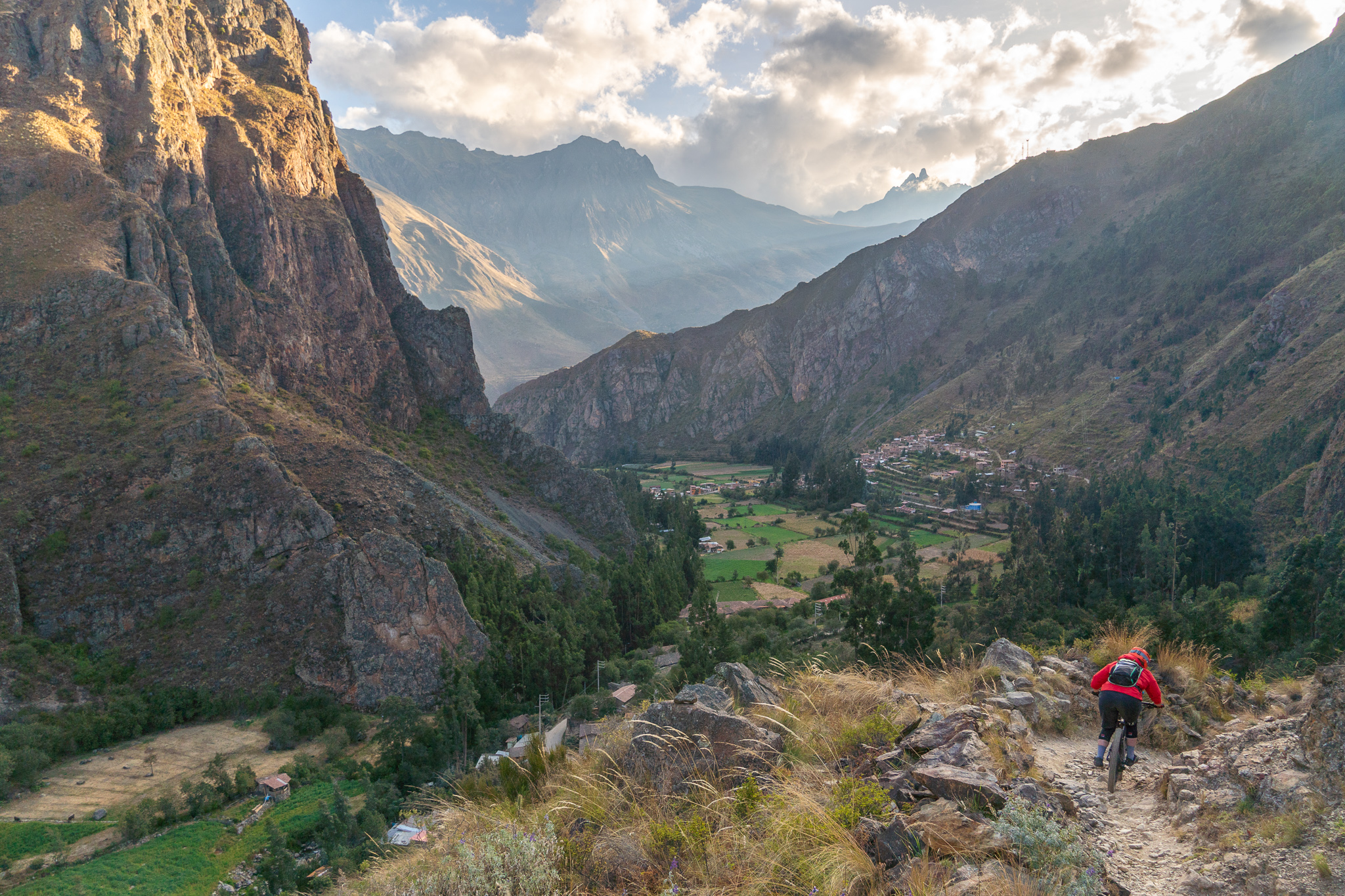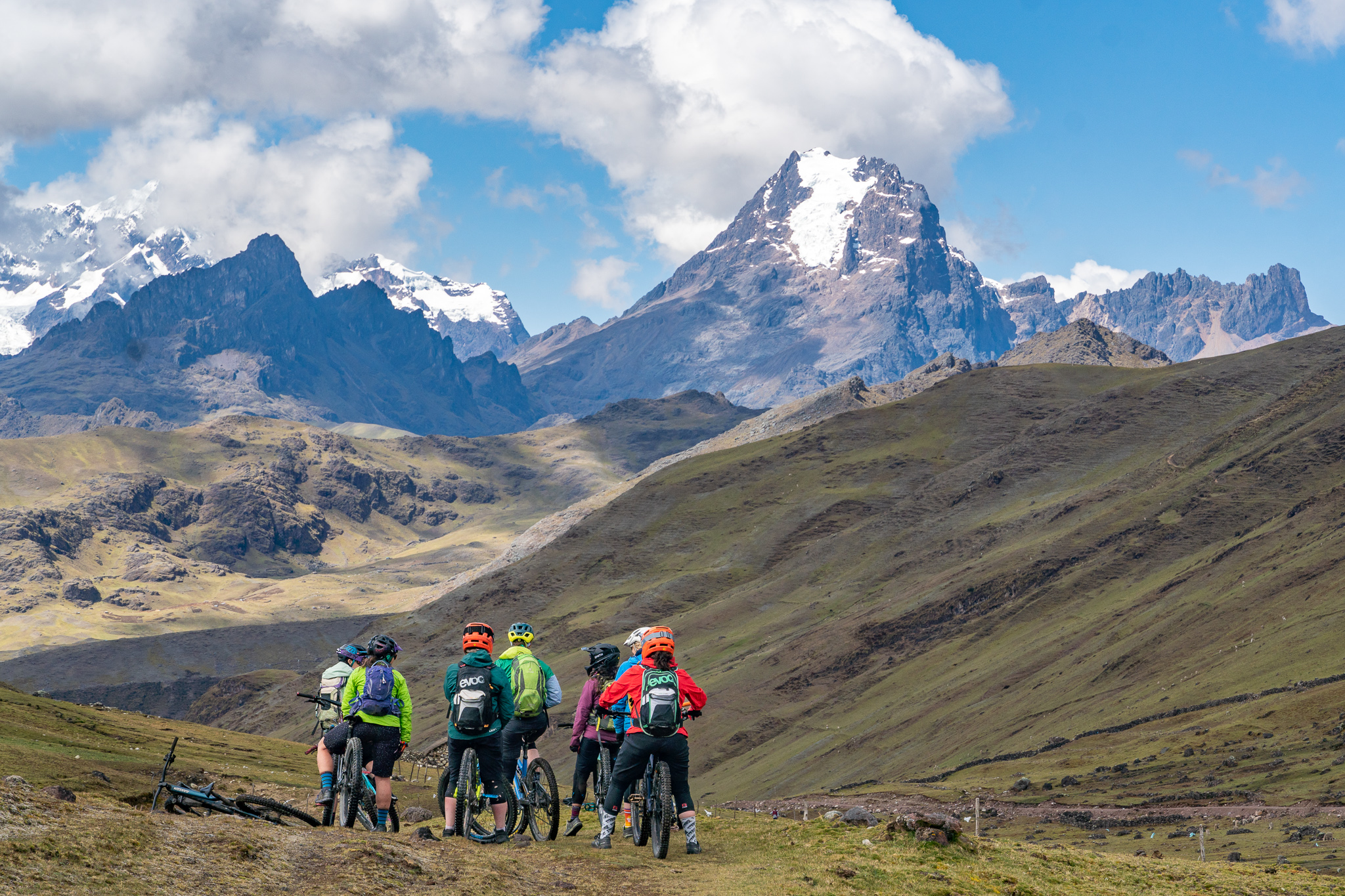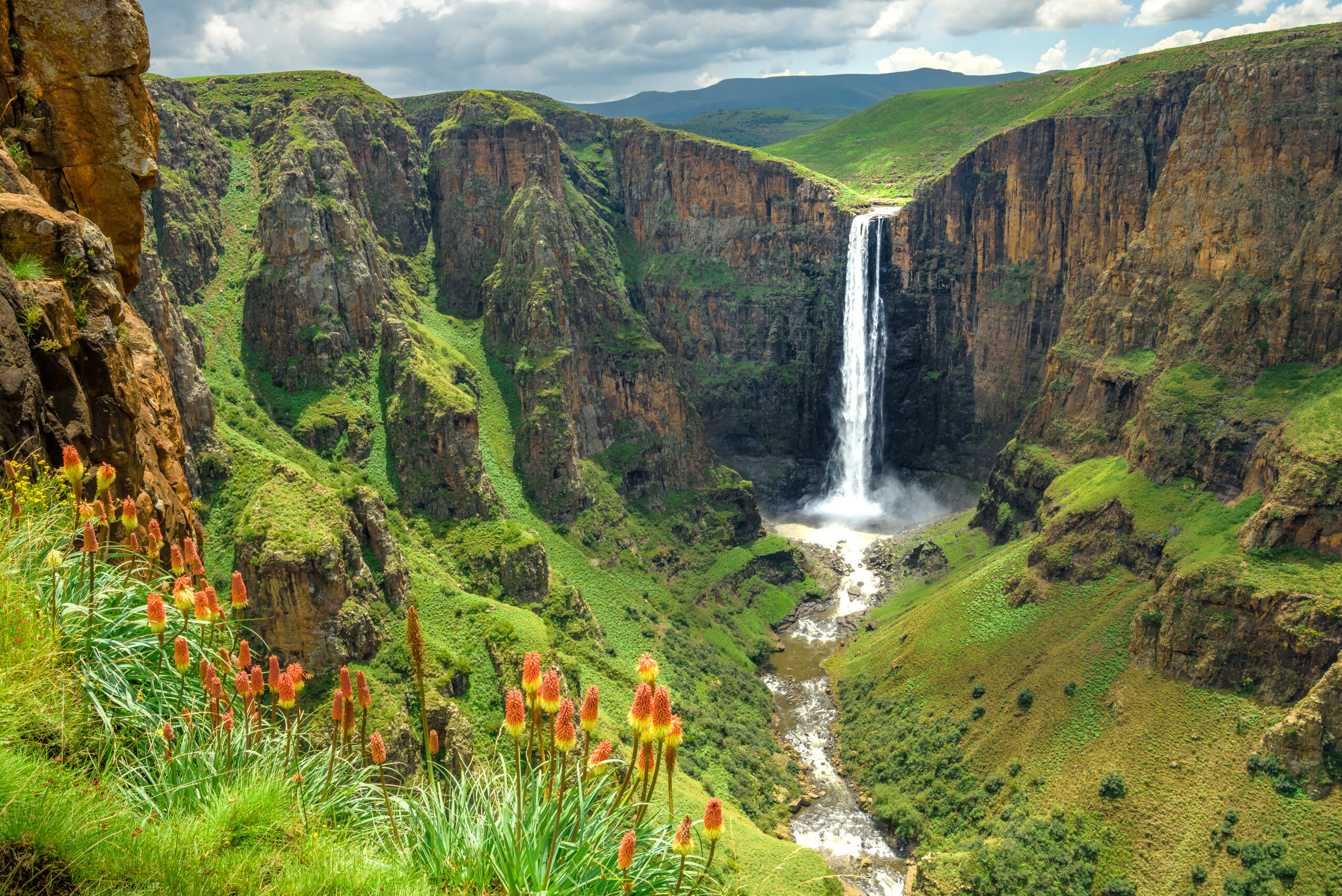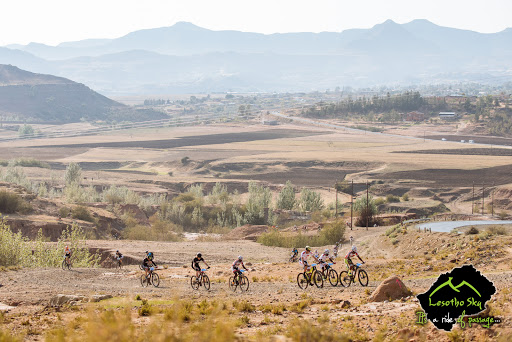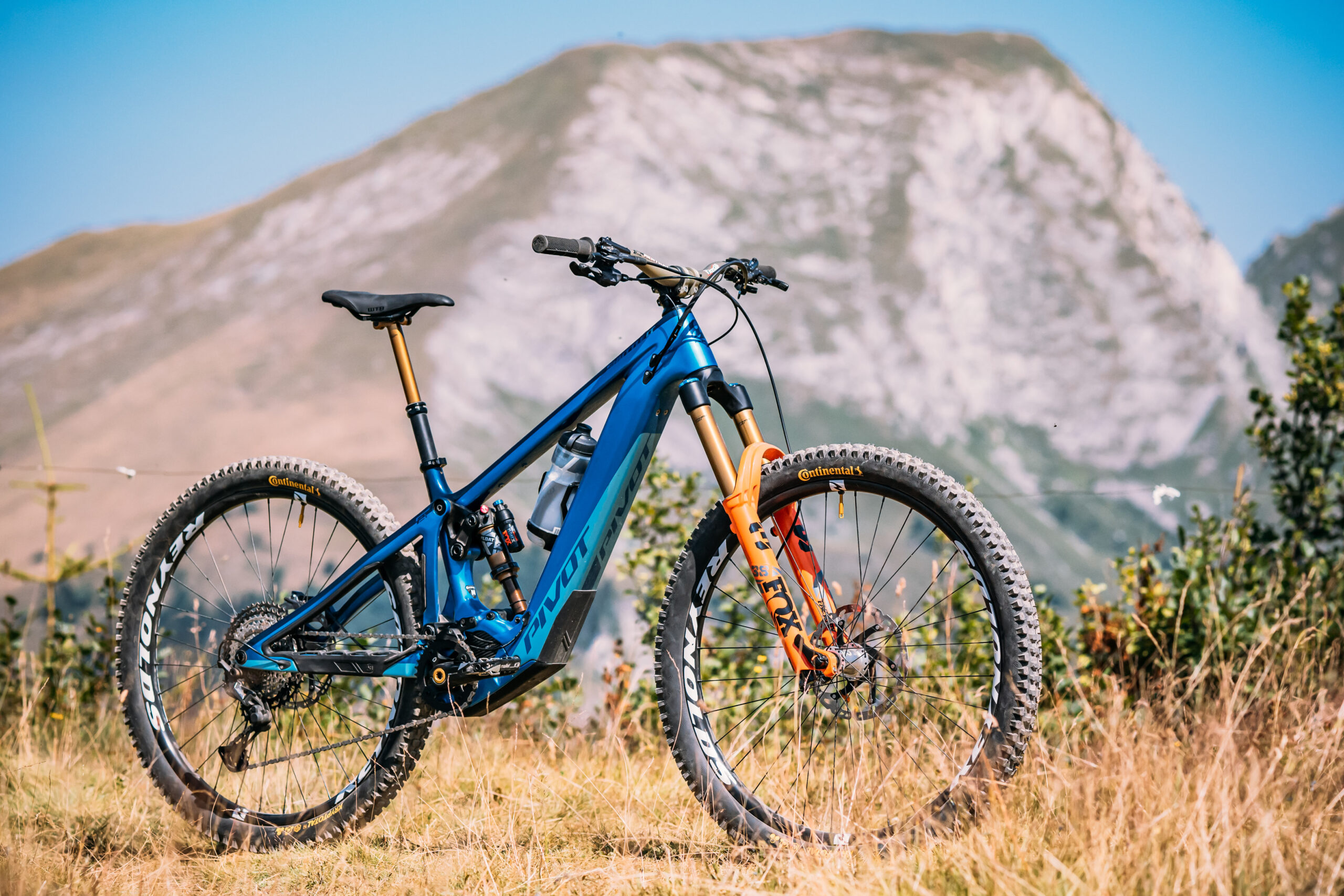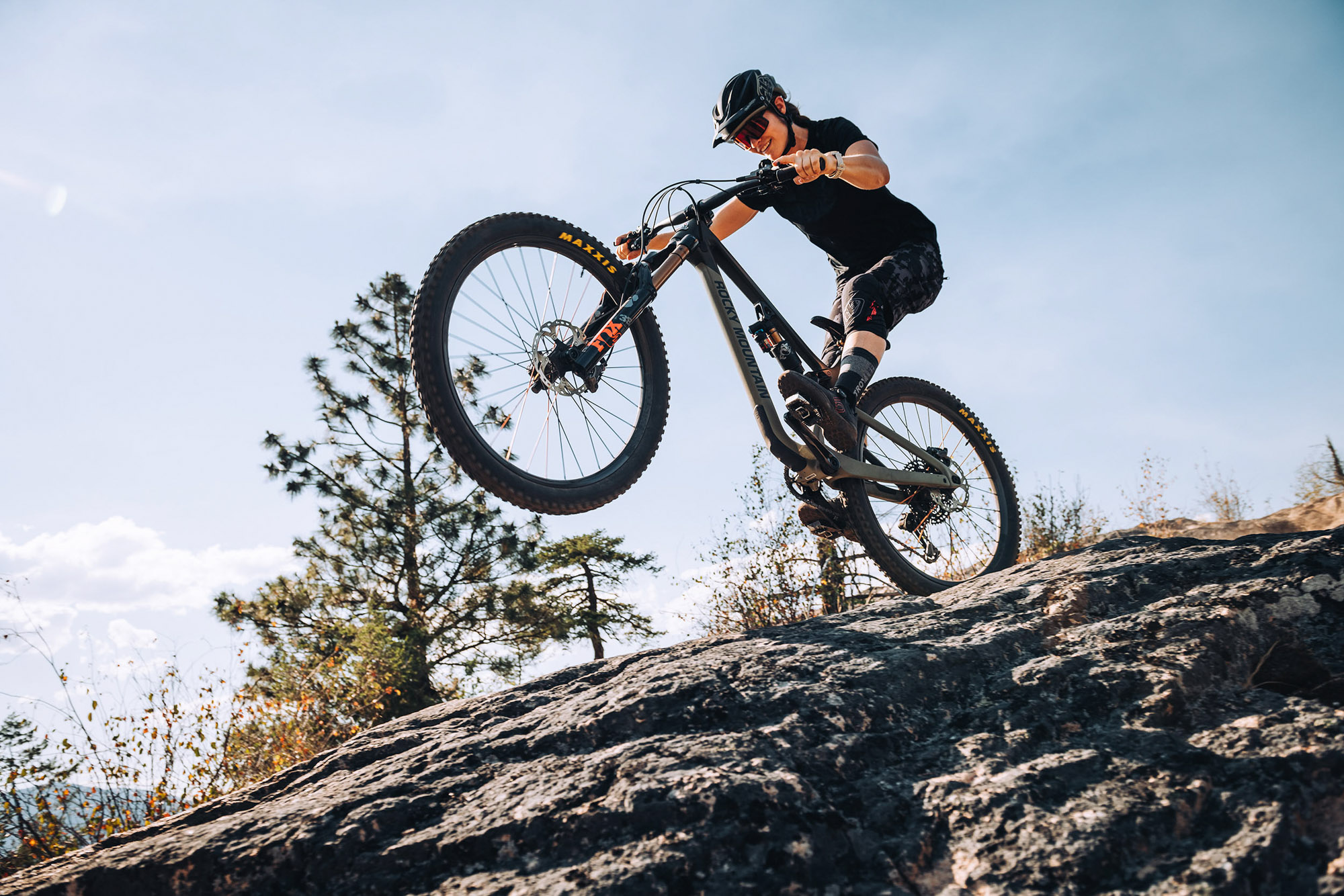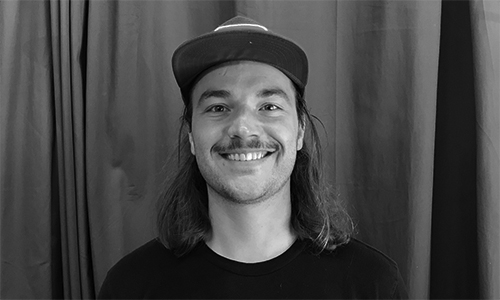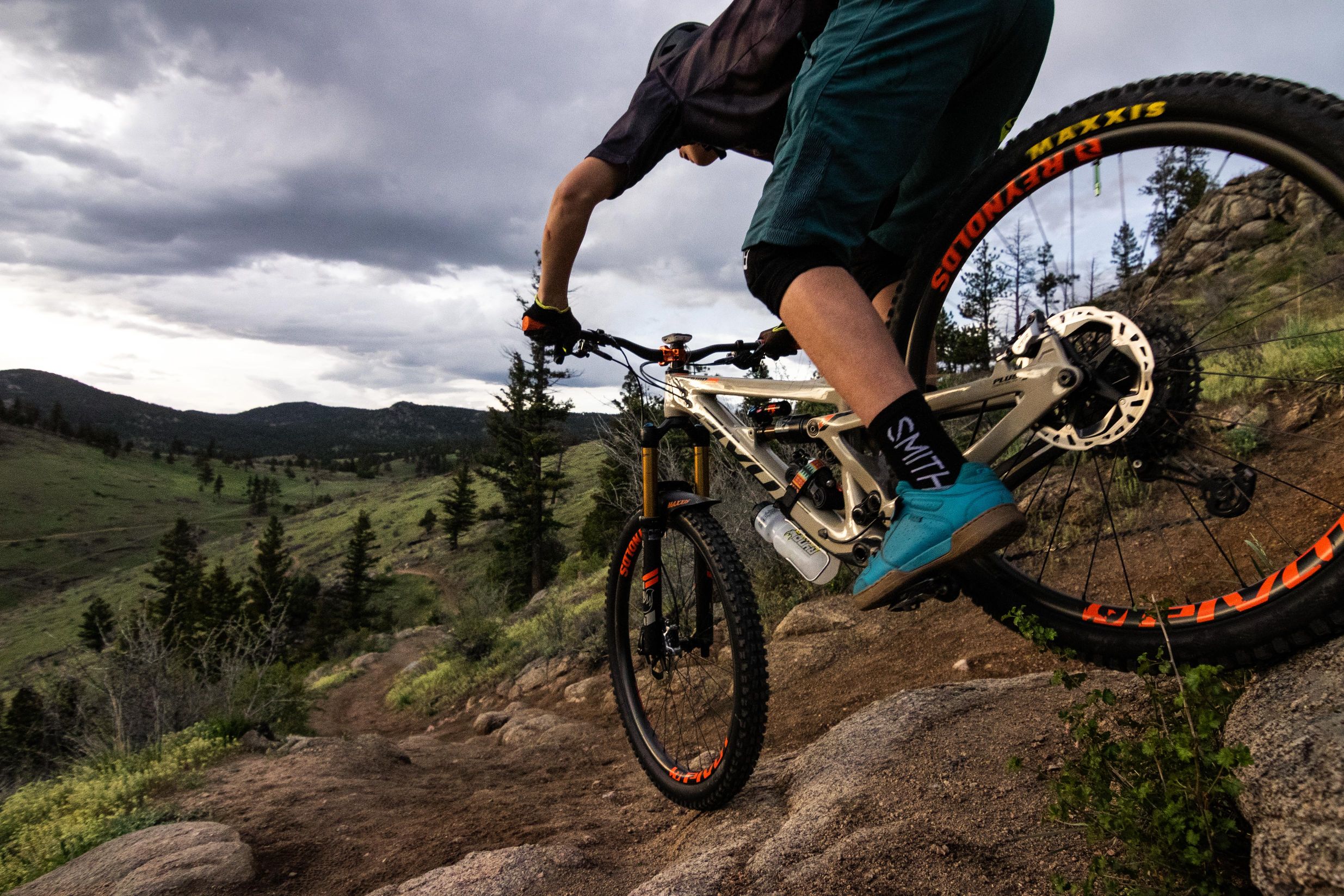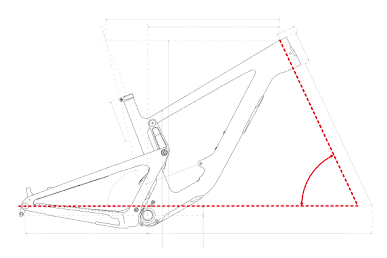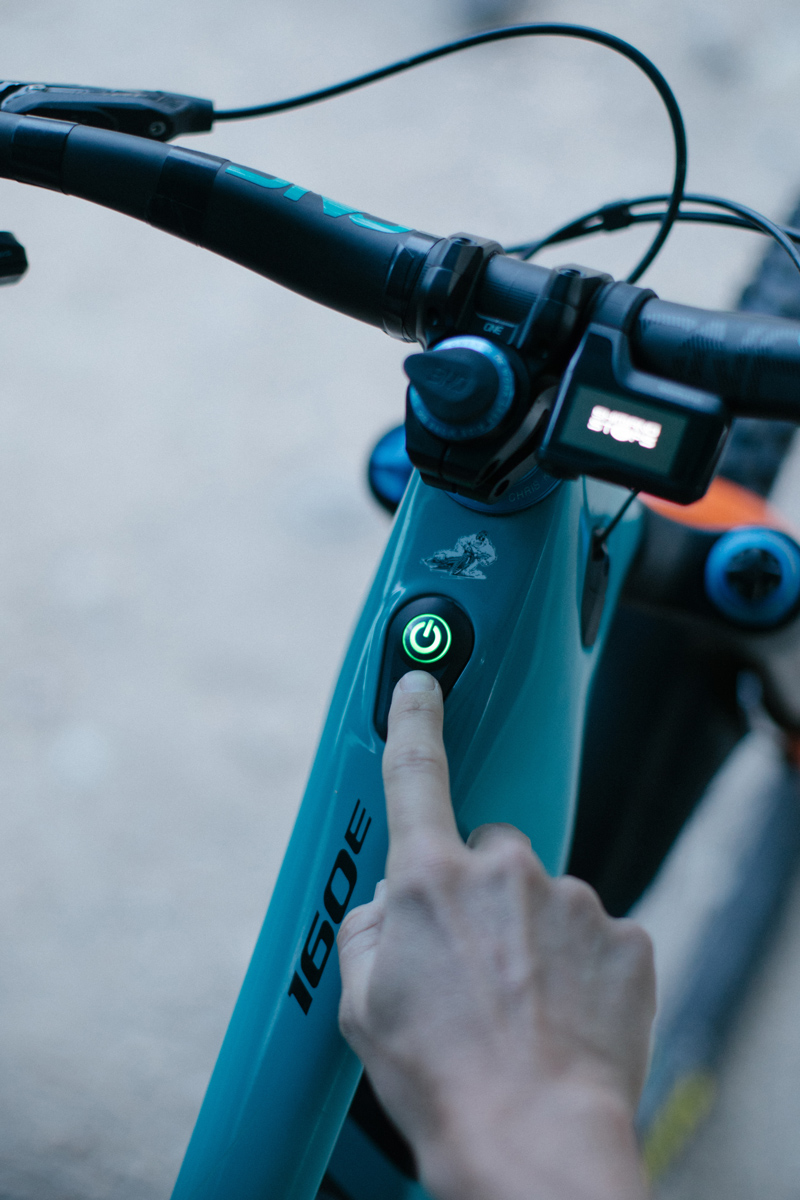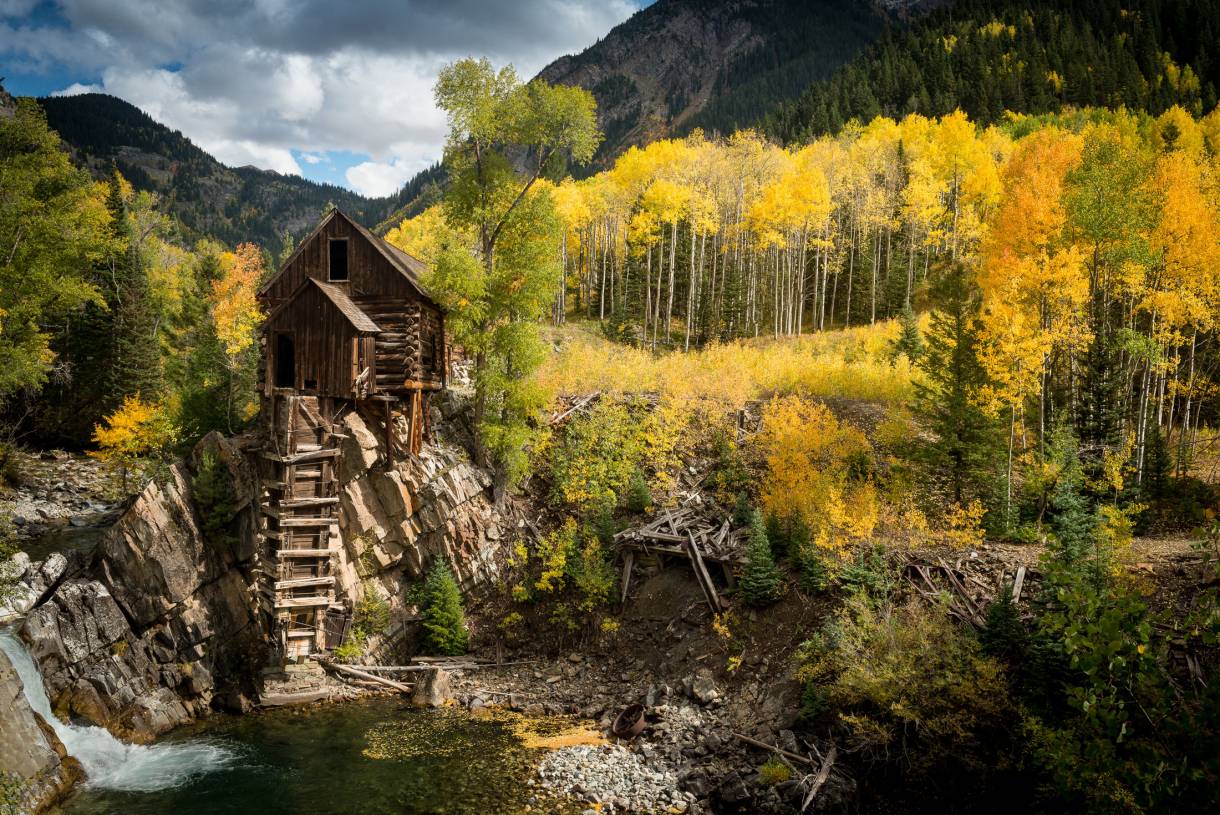
It’s not hard to rattle off world-renowned Colorado mountain bike destinations.
Annual pilgrimages often include cities with names like Crested Butte, Fruita, and Salida. We pulled out the map recently to plan our summer to-do list, and decided to throw some new trails into the mix. Here are three lesser-known options that rose to the top.
Rico, Colorado ♦
Rico lies southwest of Telluride in the San Juan Mountains and is the nearest town to Colorado Trail Section 26. With the apex of the highest rated trails near 12,000 feet, we’ll keep an eye on how the snow is melting before heading toward Rico—likely in the late summer. Also, we’ll need that time to get in the season’s peak technical riding mindset, as there are very few green or even blue trails in the Rico area. This is black diamond country, with words like “primitive” and “difficult” appearing frequently in trail descriptions.
If you follow Yeti Cycles, you may have already seen the announcement for the 2023 Yeti Gathering in Rico. The Rico Trails Alliance has a beautiful website, which will refer you directly to Trailforks for local riding beta.
Bikes we’re taking to Rico:
- Pivot Switchblade
- Santa Cruz Bronson
- Yeti SB140LR
- Pivot Firebird
Photo Credit: Rico Historical Society
Marble, Colorado 🟢
Marble, as the crow flies, is in Crested Butte’s neighborhood. Naturally forming the third point in a triangle with Grand Junction and Aspen, Marble is as central to the heart of Colorado mountain biking as you can get, and technically part of the Roaring Fork Mountain Bike Association.
The rides attracting our attention are long and pedal-y, but visually stunning. For example, from Daniels Hill on the eastern edge of Marble, you can tackle rugged two-track jeep roads that ultimately take you to an ascent of Schofield Pass. It’s more or less a 20-mile trip to the 401 trailhead, but includes places like the Crystal Mine, Mineral Point, and Devil’s Punchbowl.
If heading to CB isn’t your cup of tea, the route also accesses the Lead King Basin Loop.
Bikes we’re taking to Marble:
- Yeti ARC
- Santa Cruz Blur
- Pivot Mach 4 SL
Photo Credit: Gear Junkie
Norwood, Colorado 🟦
There is only one trail system truly near Norwood, but we’re intrigued enough to make it a road trip stop in San Miguel County this summer. The Thunder Trails Loop includes 20.2 miles of stacked loop singletrack—a pure blue ribbon winding through the ponderosas.
MTB Project notes that the trails are multi-use, which means you may encounter motorcycles. BUT that also means Thunder Mountain is e-MTB friendly. Equally important, Norwood is a certified International Dark Sky Community. If you like sleeping under the stars like we do, this is a real treat.
Bikes we’re taking to Norwood:
- Rocky Mountain Instinct Powerplay
- Pivot Shuttle SL
- Santa Cruz Heckler
Photo Credit: Uncover Colorado

